Fluted Panel Ideas for Wall Design: A Comprehensive Guide
Wall design has undergone a significant transformation over the years. From plain painted walls to textured and patterned finishes, homeowners and designers alike are continuously exploring innovative ways to enhance the aesthetics of interiors. One such trend that has gained immense popularity is the use of fluted panels. Fluted panels, with their grooved and textured designs, bring an elegant and contemporary touch to any space.
What Are Fluted Panels?
Fluted panels are decorative panels characterized by their vertical grooves or channels tha to walls. Typically made from materials like wood, MDF (medium-density fiberboard), PVC, or metal, fluted panels are versatile and suitable for both residential and commercial spaces. They can be painted, stained, or left in their natural finish, depending on the desired look.t run along the surface. These grooves create a rhythmic pattern, adding depth and texture
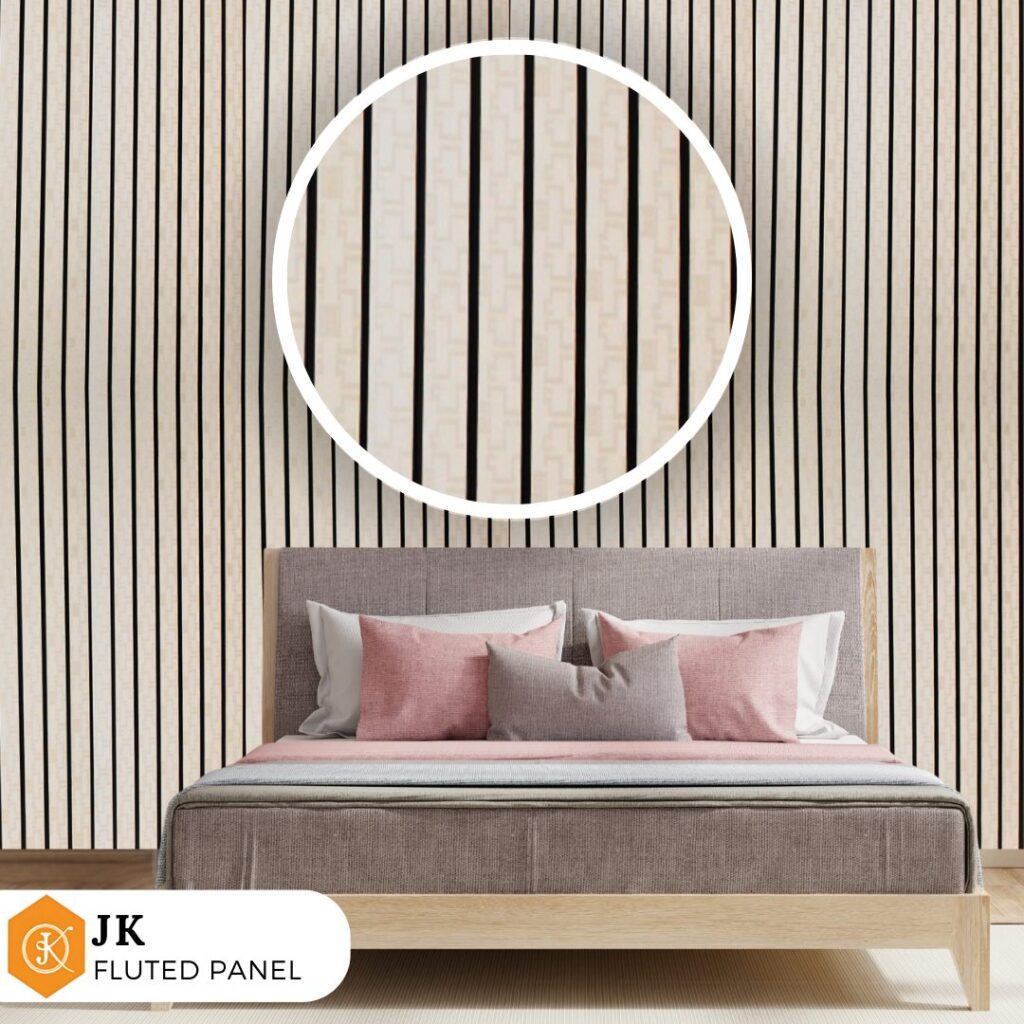
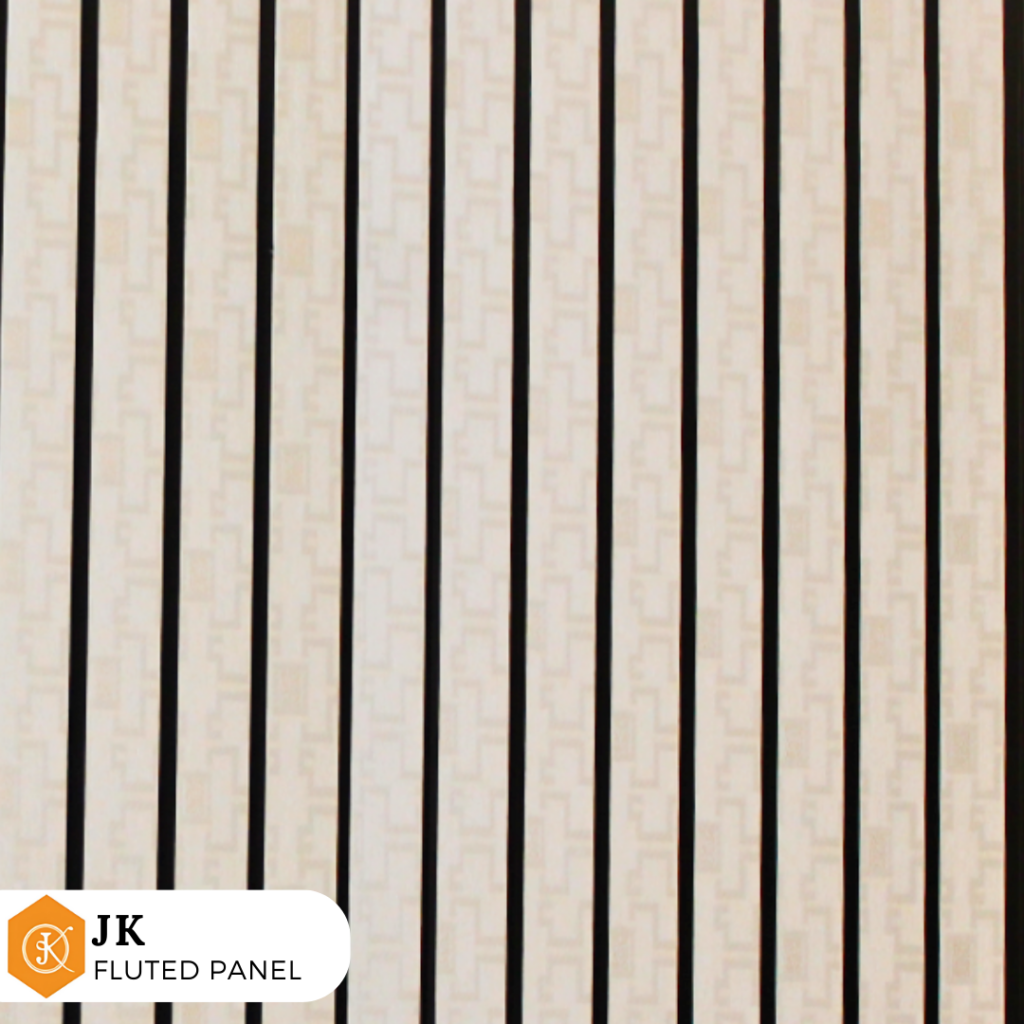
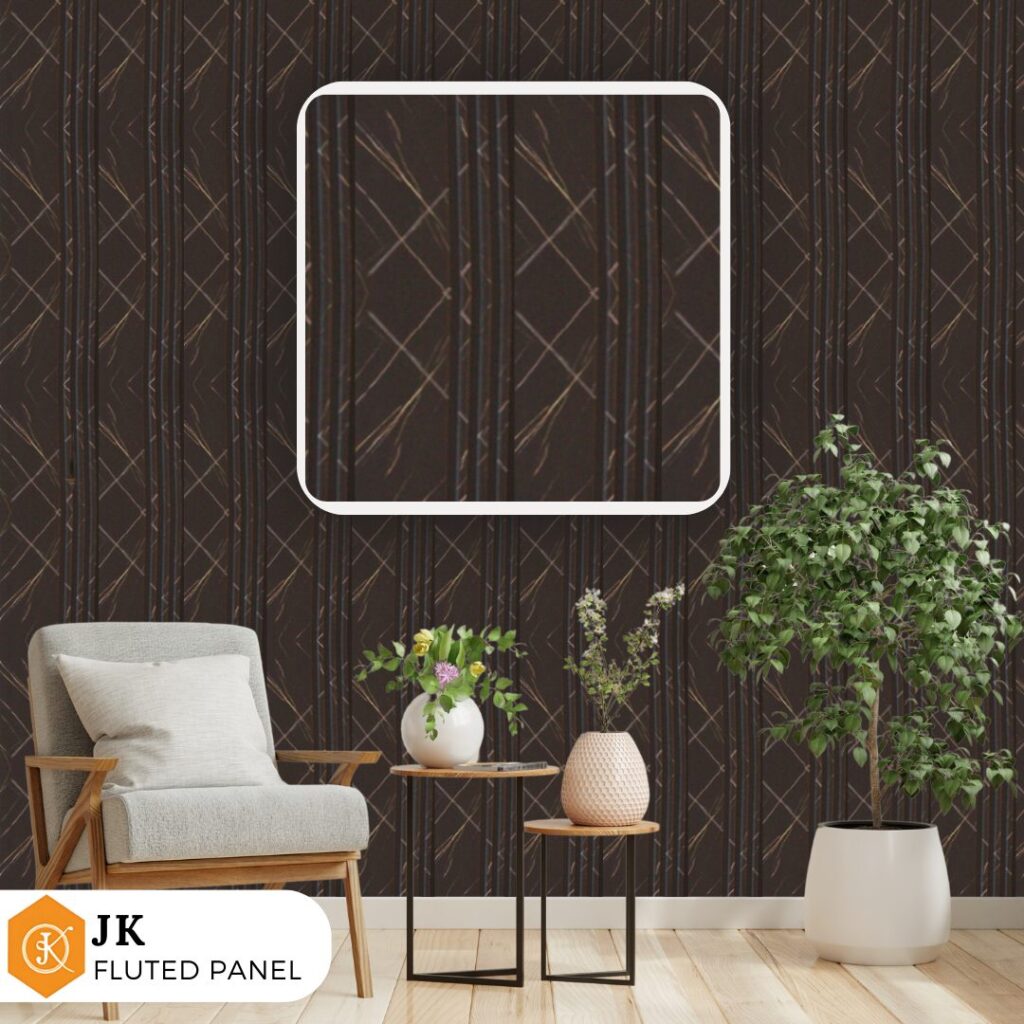
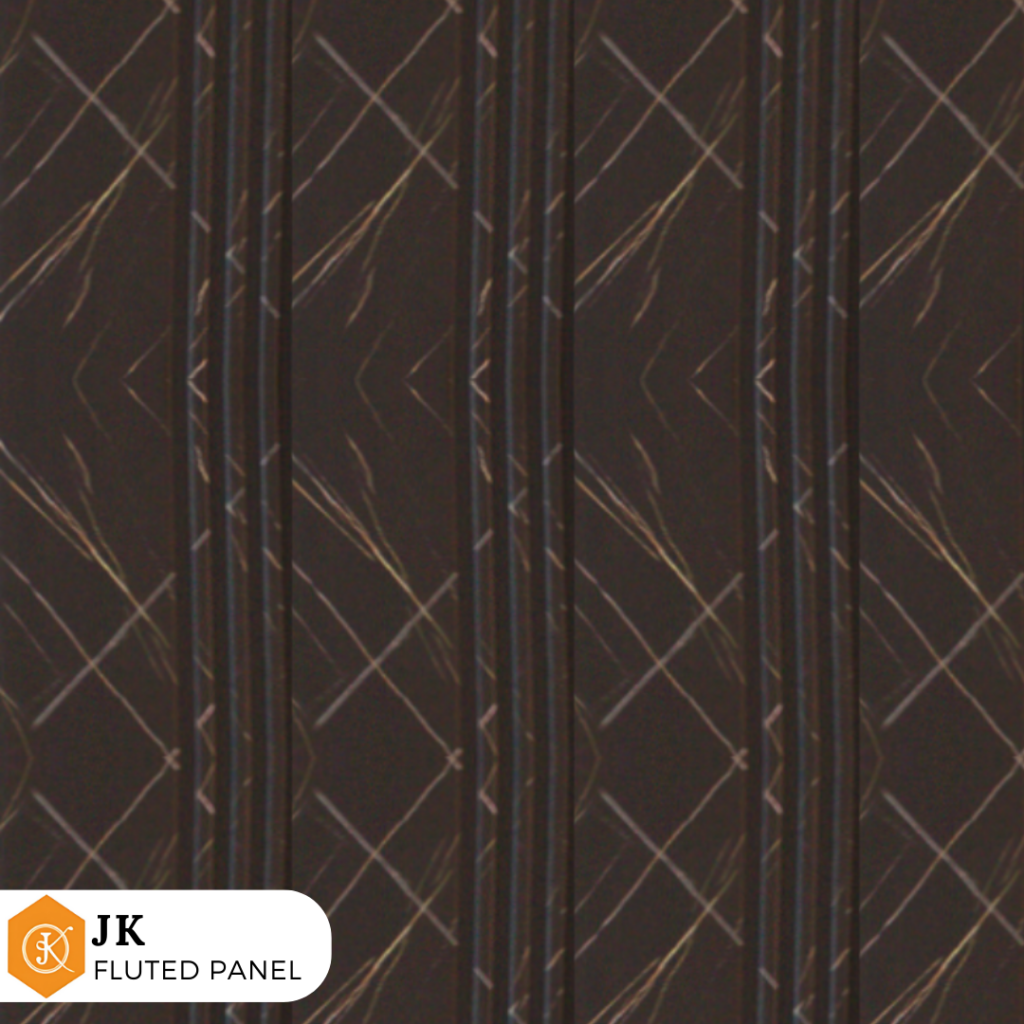
Benefits of Using Fluted Panels
Fluted panels offer a range of benefits, making them a popular choice for wall design:
Customizability: Fluted panels can be tailored to specific dimensions and finishes, allowing for personalized designs that match the overall theme of the space.
Aesthetic Appeal: The vertical grooves in fluted panels create a visually striking effect, making walls stand out. They add a sense of sophistication and modernity to any space.
Versatility: Available in a variety of materials, colors, and finishes, fluted panels can complement any design style, from minimalistic to luxurious.
Texture and Depth: Fluted panels introduce texture and depth to flat walls, making them more dynamic and interesting.
Acoustic Properties: The grooves in fluted panels can help absorb sound, reducing noise levels and improving the acoustics of a room.
Durability: Depending on the material, fluted panels can be highly durable, resistant to wear and tear, and easy to maintain.
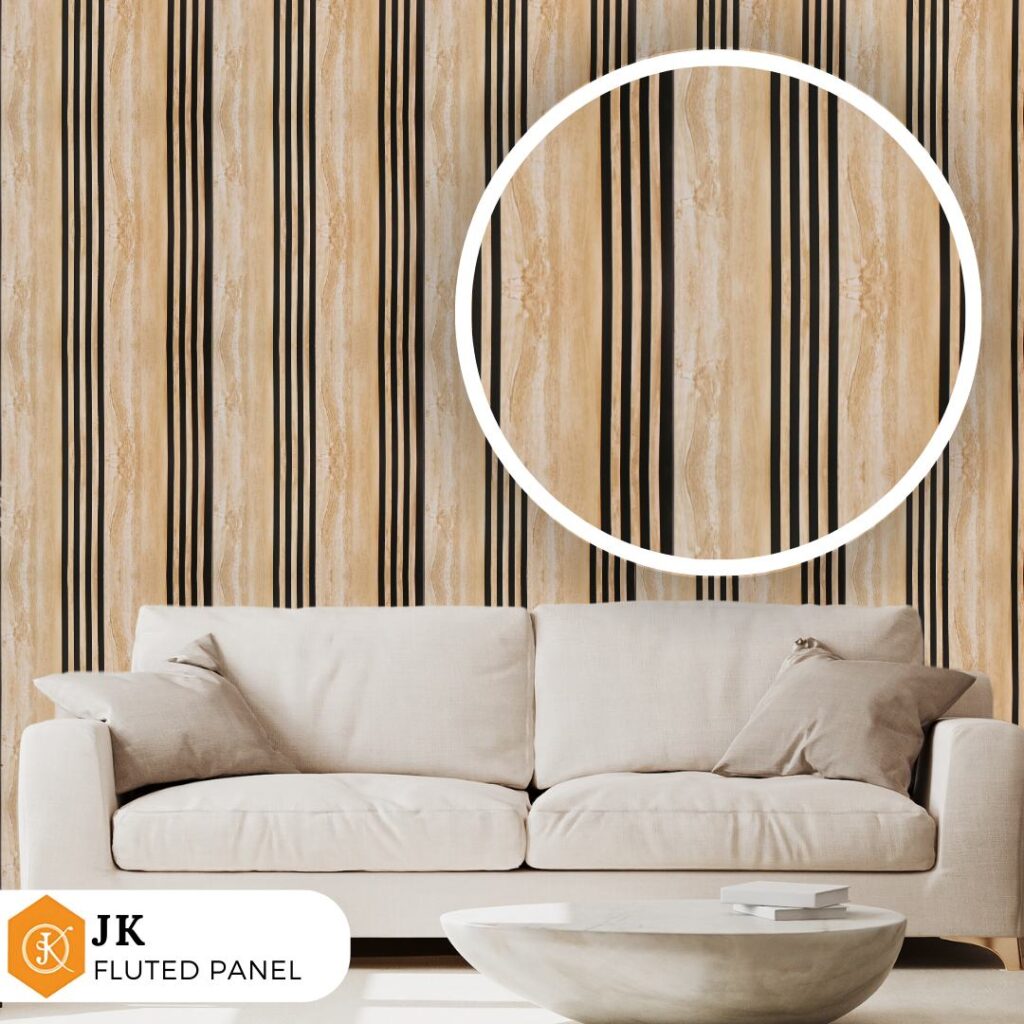
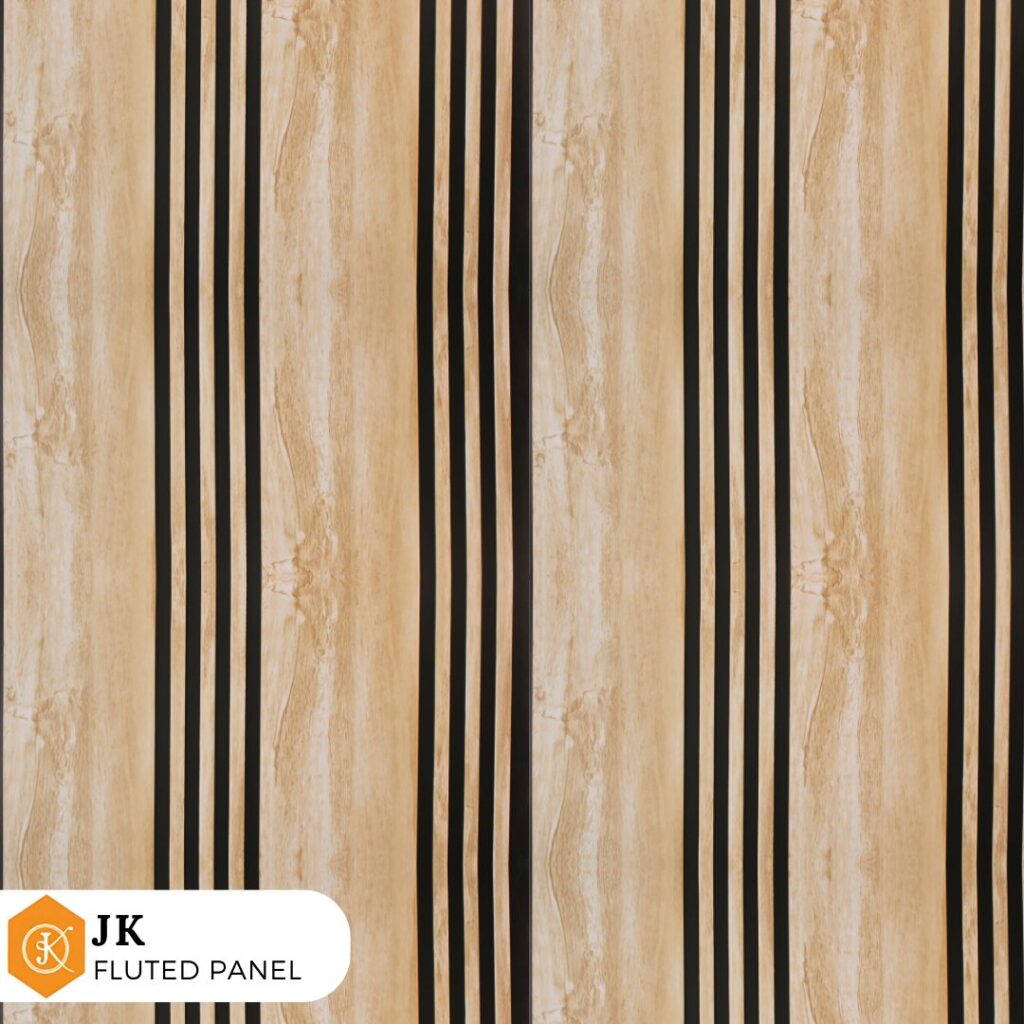
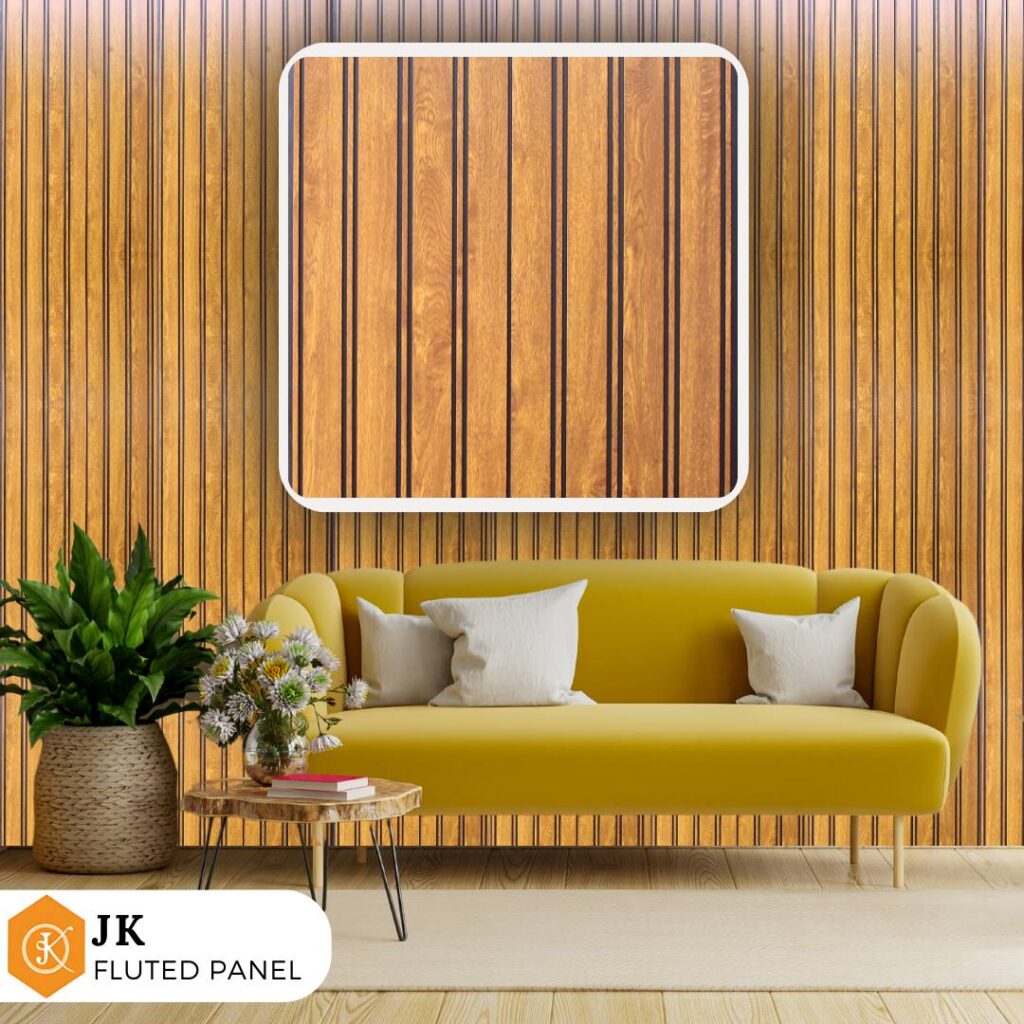
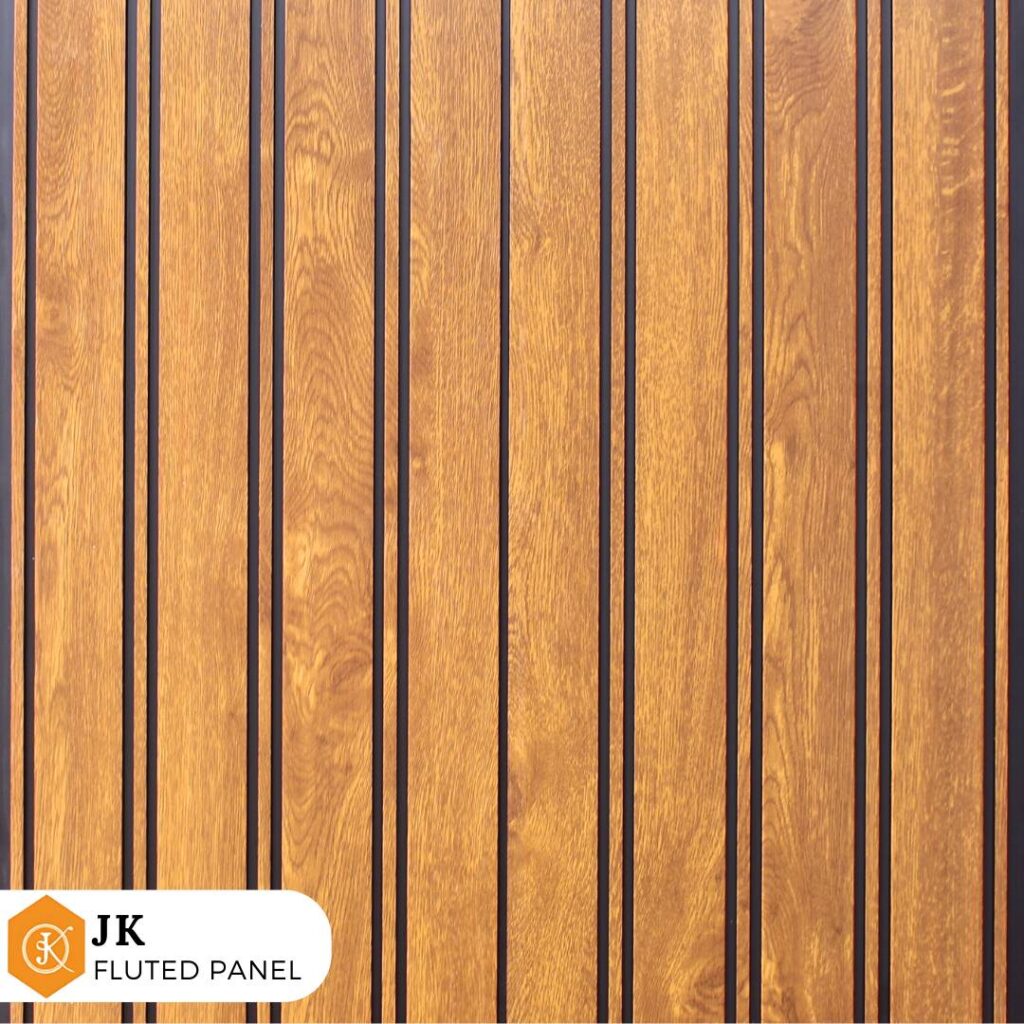
Fluted Panel Ideas for Wall Design
Here are some creative and practical ways to use fluted panels in your wall design:
1. Accent Walls
Using fluted panels to create an accent wall is one of the most popular design ideas. An accent wall can serve as the focal point of a room, drawing attention and adding character. Fluted panels, with their textured patterns, are perfect for this purpose. They work well in:
- Living Rooms: Place a fluted panel accent wall behind the TV or sofa to enhance the visual appeal of the space.
- Bedrooms: Install fluted panels behind the headboard for a luxurious and cozy backdrop.
- Dining Rooms: Use fluted panels to highlight a specific wall, adding elegance to your dining area.
2. Full Wall Coverage
For a more dramatic and cohesive look, consider covering an entire wall with fluted panels. This approach works particularly well in larger rooms, as it adds depth without overwhelming the space. Full wall coverage can be used in:
- Home Offices: Create a professional and stylish atmosphere by covering one or more walls with fluted panels.
- Commercial Spaces: In offices, hotels, or restaurants, full-wall fluted panels make a bold design statement.
3. Ceiling-to-Floor Panels
Vertical fluted panels running from ceiling to floor emphasize the height of a room, making it feel more spacious and grand. This design idea works well in:
- Hallways: Add interest to narrow hallways by using fluted panels that stretch from top to bottom.
- Entryways: Impress visitors with ceiling-to-floor fluted panels in the entry area.
4. Half-Wall Panels
Half-wall fluted panels are a great way to introduce texture without overwhelming the space. Pair them with painted walls or wallpaper for a balanced look. This design is ideal for:
- Bathrooms: Use fluted panels on the lower half of the walls for a sophisticated, water-resistant finish.
- Kitchens: Add fluted panels to a backsplash area or below the countertop for a unique touch.
5. Layered Designs
Combine fluted panels with other materials like marble, glass, or plain wood to create layered wall designs. This mix-and-match approach enhances the visual complexity of the wall. For instance:
- Luxury Interiors: Pair fluted wooden panels with gold accents or marble inserts for an opulent look.
- Modern Spaces: Combine fluted panels with sleek glass or metallic elements for a contemporary aesthetic.
6. Painted and Stained Finishes
Fluted panels can be customized with a variety of finishes to suit your design preferences. Consider:
- Painted Panels: Use bold colors like navy blue, emerald green, or matte black for a dramatic effect.
- Stained Wood Panels: Enhance the natural grain of wood by staining it in light or dark tones.
- Dual-Toned Panels: Experiment with two-tone finishes by painting the grooves and the surface in contrasting colors.
7. Integrated Lighting
Incorporate lighting into your fluted panel design to highlight the texture and create a warm ambiance. Ideas include:
- LED Strips: Place LED lights along the grooves for a subtle, glowing effect.
- Wall Sconces: Install sconces on fluted panels to combine texture and functional lighting.
8. Room Dividers
Fluted panels can also be used as room dividers, offering both privacy and style. For example:
Sliding Panels: Install fluted panels on sliding doors for a functional yet decorative partition.
Open-Plan Spaces: Use fluted panels to separate living and dining areas while maintaining an open feel.
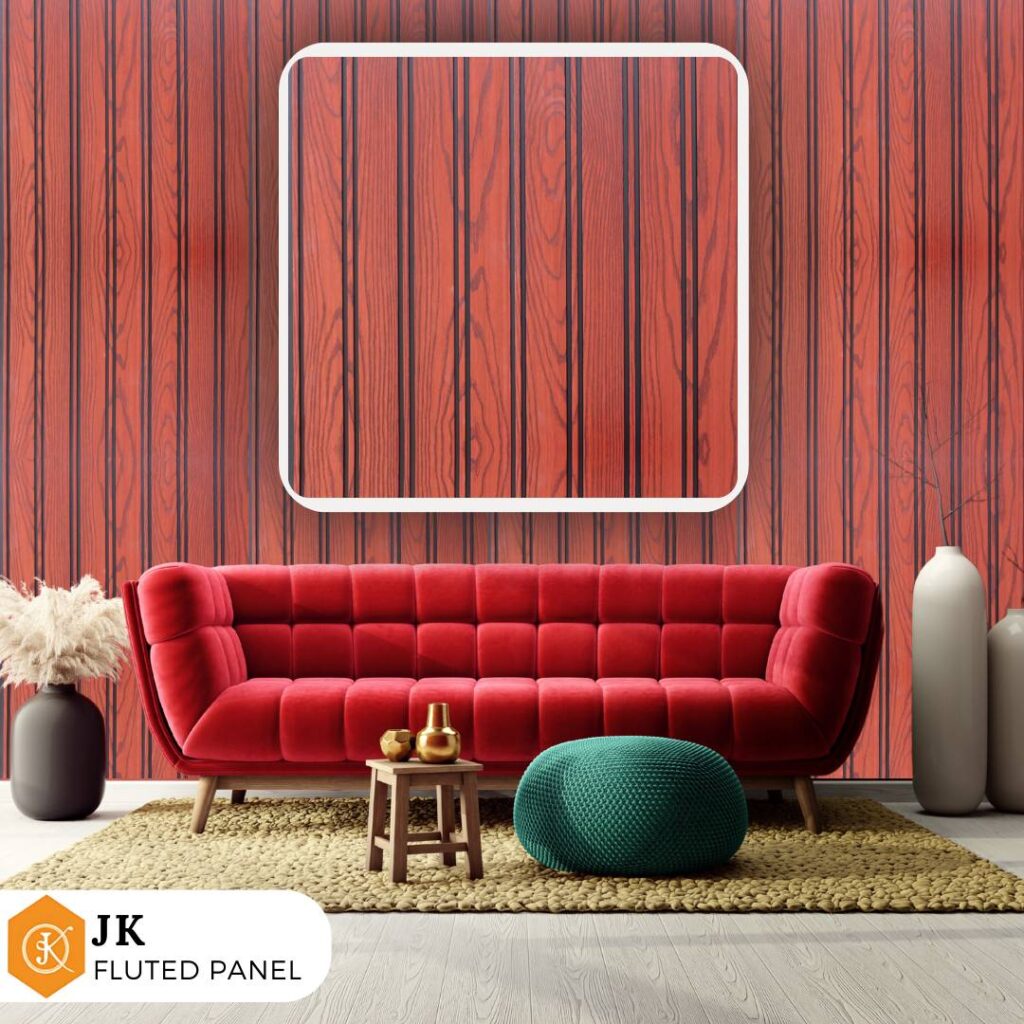
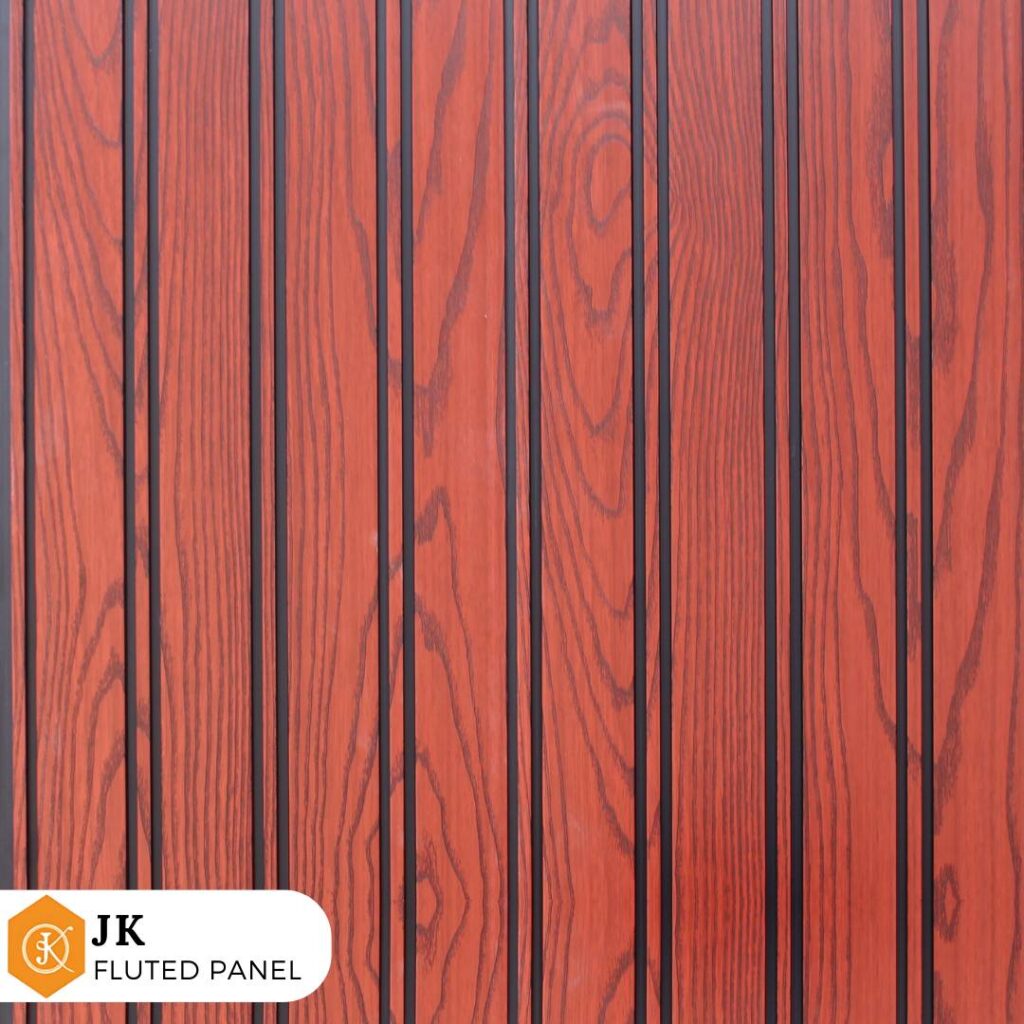
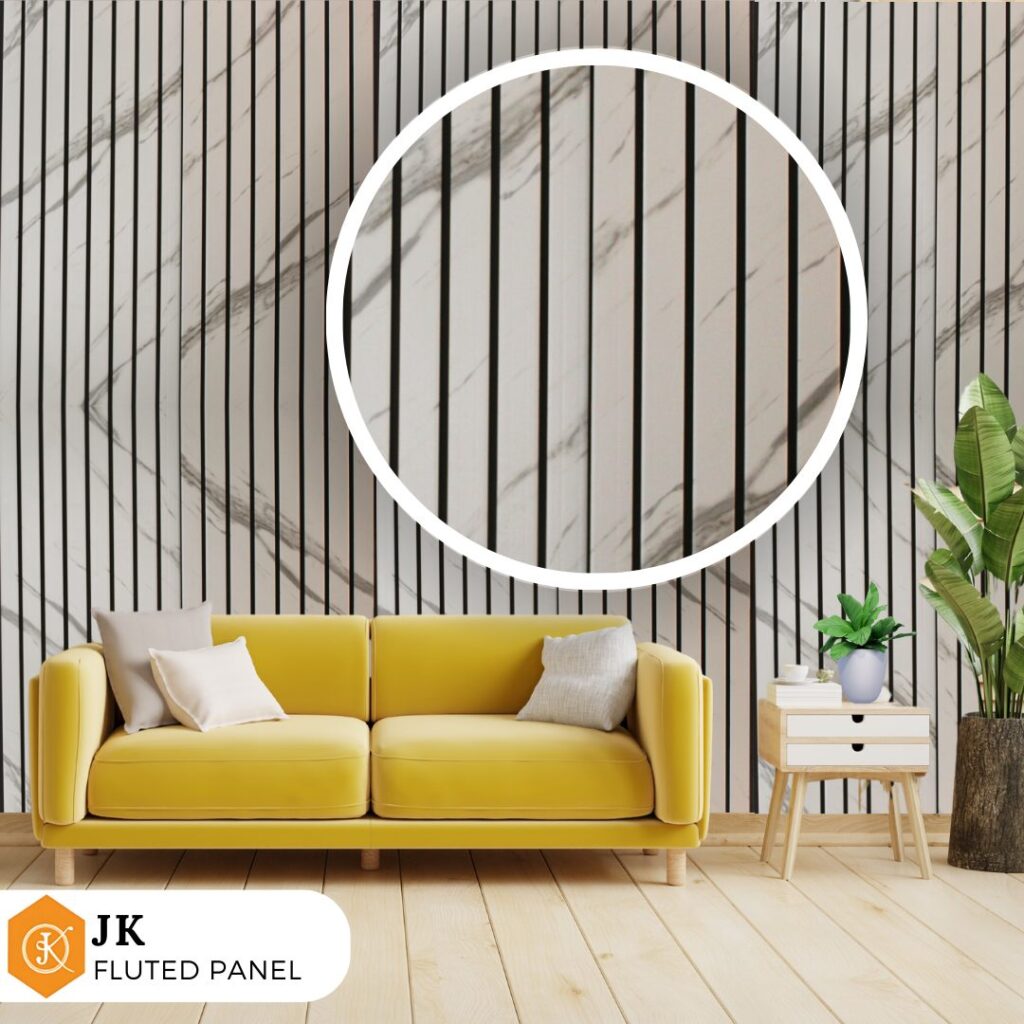
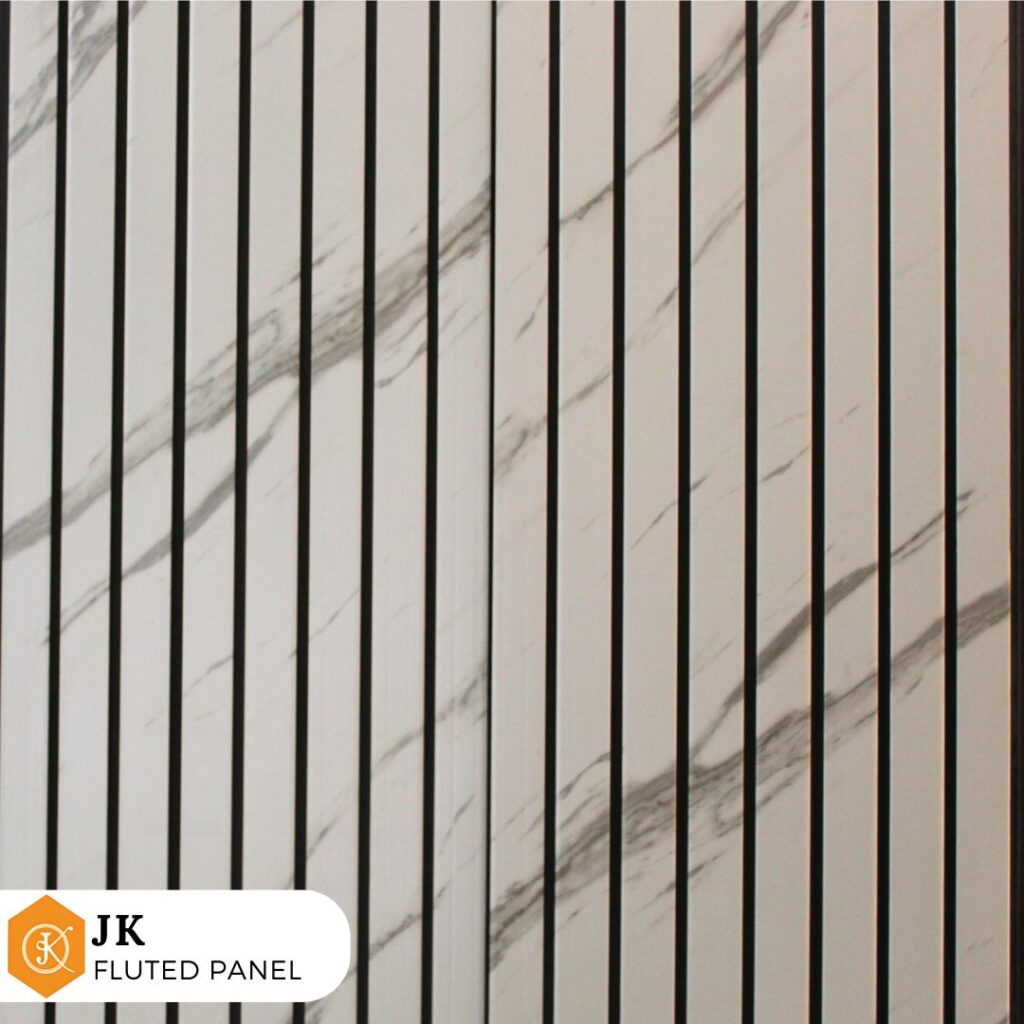
Materials for Fluted Panels
The material you choose for your fluted panels can significantly impact the overall look and functionality. Here are some options:
Stone: Stone fluted panels add a luxurious and timeless touch to any space.
Wood: Ideal for a warm, natural look. Wood fluted panels are perfect for traditional or rustic interiors.
MDF: Cost-effective and easy to customize, MDF panels are suitable for painted finishes.
PVC: Lightweight and water-resistant, PVC panels are excellent for bathrooms and kitchens.
Metal: For an industrial or modern vibe, metal fluted panels offer a sleek and durable option.
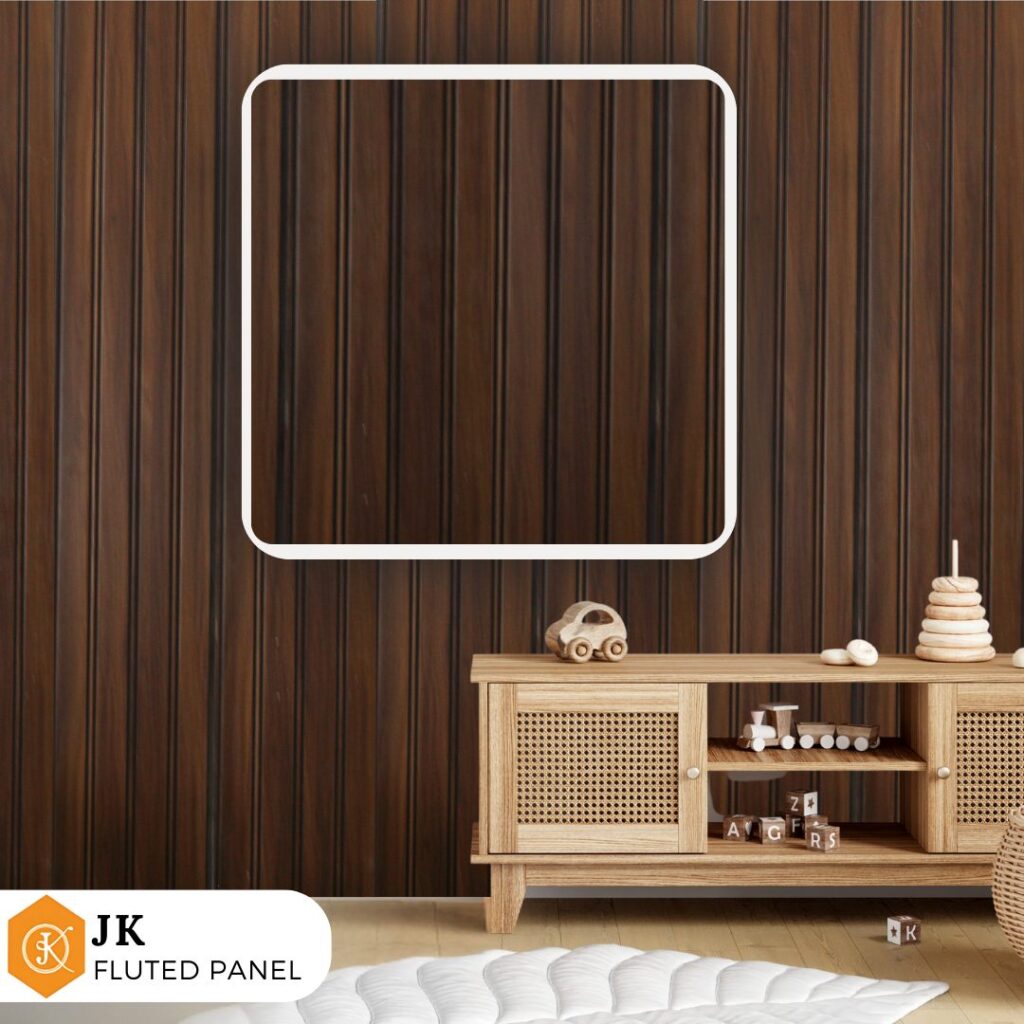
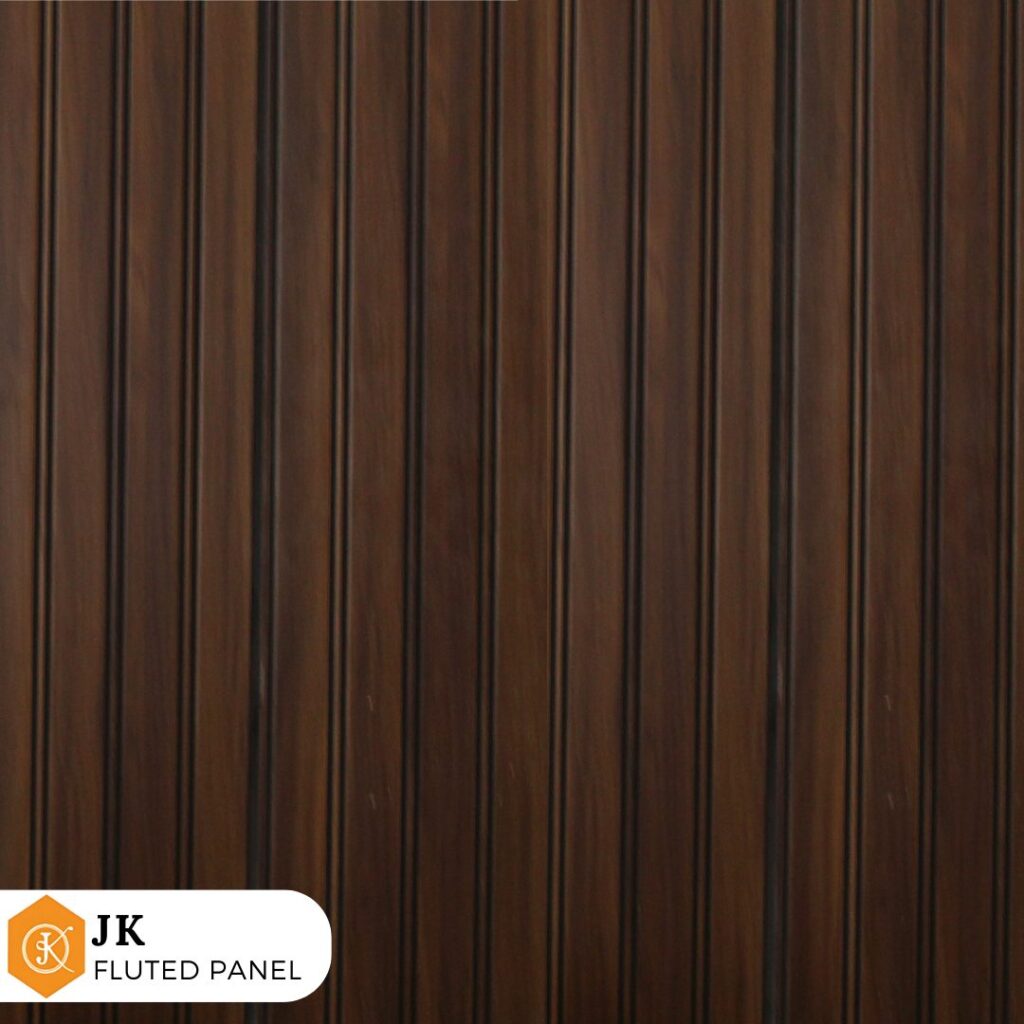
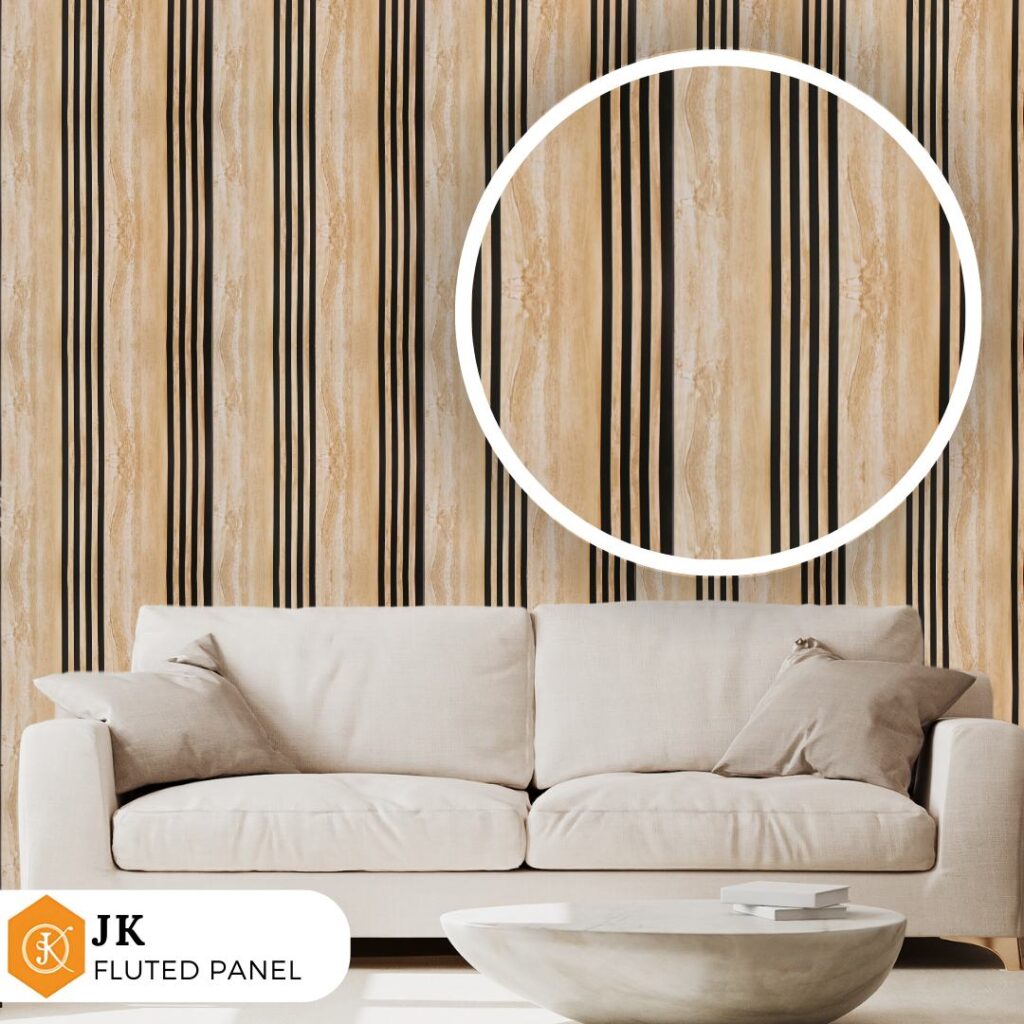
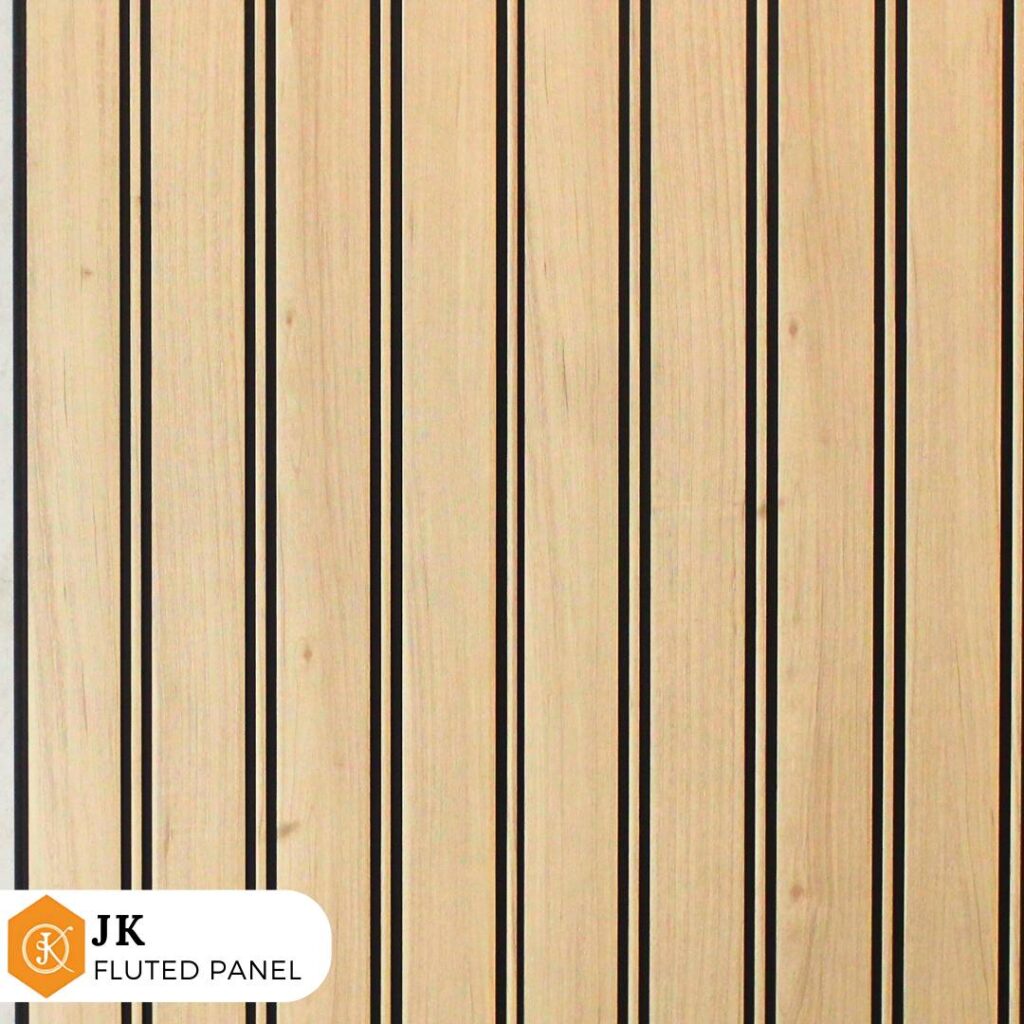
Installation Tips
To ensure a flawless finish when incorporating fluted panels into your wall design, keep the following tips in mind:
Professional Help: While DIY installation is feasible for lightweight materials like PVC or MDF, professional installation is recommended for heavier materials like stone or for intricate designs. Experts ensure precision and save time.
Plan the Layout: Carefully measure the wall and plan the placement of the panels to avoid uneven gaps. Sketch out a design to visualize the final result before starting.
Choose the Right Adhesive: Use a high-quality adhesive or mounting brackets suitable for the material of the fluted panels. For heavier panels like wood or stone, ensure the adhesive is strong enough to hold the weight.
Prepare the Surface: The wall surface must be clean, smooth, and dry before installation. Fill any cracks or holes with putty and sand the area to ensure the panels adhere properly.
Cut Panels Accurately: Use precise measuring tools and a fine-toothed saw to cut panels to the required size. Double-check measurements to avoid waste or misalignment.
Test Placement: Before securing the panels, test their placement by arranging them on the wall. This step helps identify any adjustments needed for a perfect fit.
Install Sequentially: Start from one end of the wall and work your way to the other, ensuring each panel aligns perfectly with the previous one. Use spacers if necessary to maintain consistent gaps.
Secure Panels Firmly: Apply adhesive to the back of each panel and press it firmly against the wall. Hold it in place for a few seconds to ensure proper bonding. For added security, consider using nails or screws in addition to adhesive.
Finishing Touches: Once all panels are installed, fill any visible gaps or seams with matching caulk or filler. Sand down rough edges and apply the desired finish, such as paint or stain, for a polished look.
Lighting Considerations: If integrating lighting, plan for electrical wiring before installing the panels. Leave openings or grooves where necessary to accommodate LED strips or fixtures.
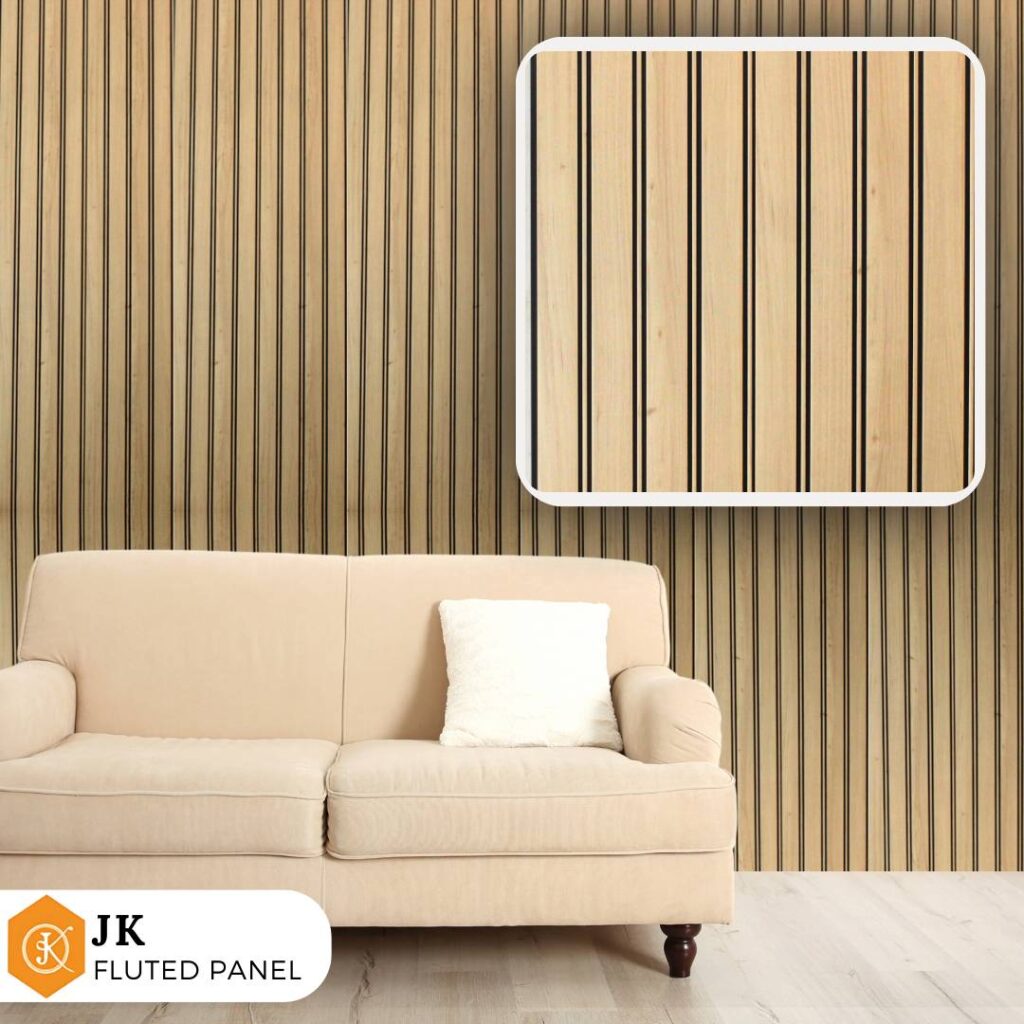

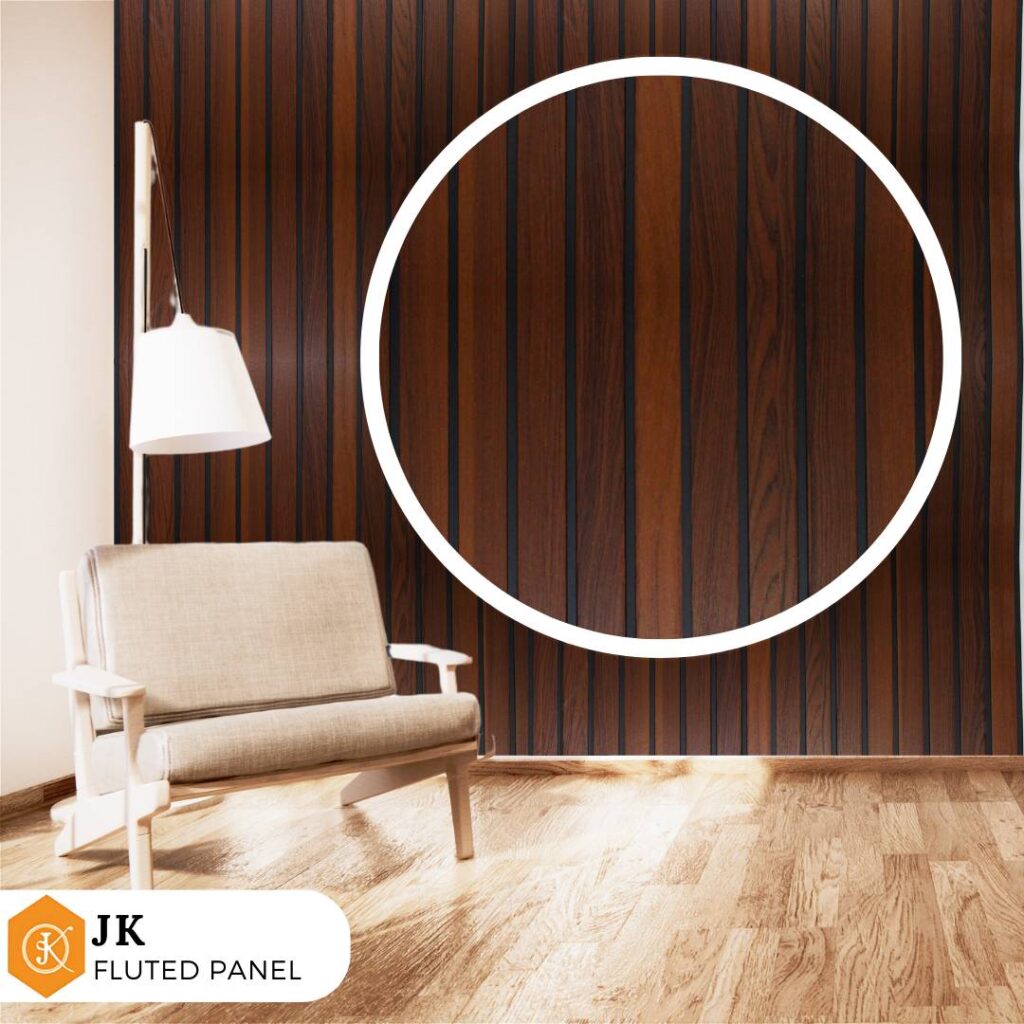
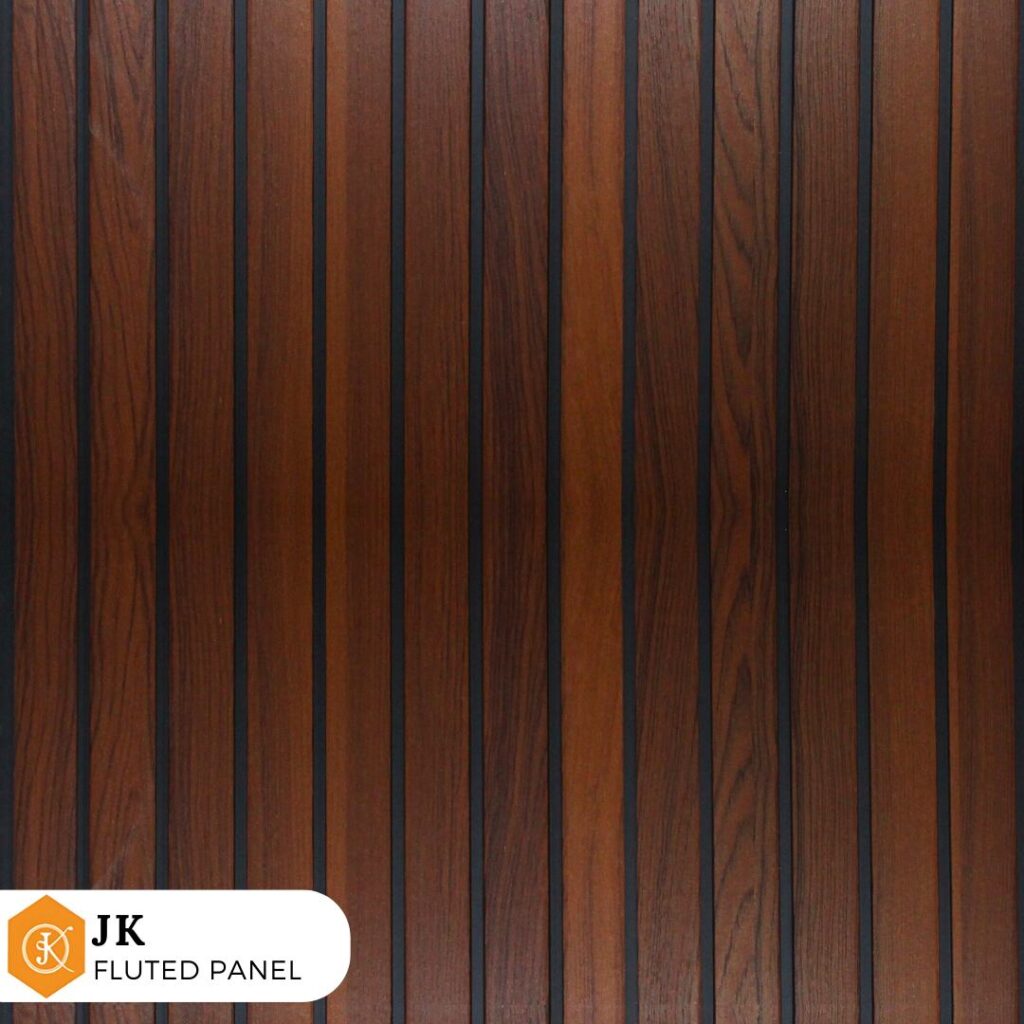
FAQs About Fluted Panels
- What materials are best for fluted panels?
- The best material depends on your design goals and the space. For example, wood is great for a warm, natural look, PVC is ideal for moisture-prone areas like bathrooms, and MDF works well for painted finishes.
- Can fluted panels be used in outdoor spaces?
- Yes, certain materials like treated wood, PVC, or metal fluted panels can be used outdoors. However, ensure they are weather-resistant and properly sealed to withstand environmental conditions.
- Are fluted panels easy to maintain?
- Maintenance is straightforward. Wipe them with a damp cloth to remove dust. For stained or painted panels, occasional touch-ups might be required to keep them looking fresh.
- How do I choose the right fluted panel for my space?
- Consider the room’s style, function, and conditions. For example, use water-resistant materials like PVC in bathrooms and luxurious finishes like stained wood for living rooms.
- Can I install fluted panels myself?
- Yes, DIY installation is possible for lightweight materials like MDF or PVC. However, professional installation is recommended for heavier materials or intricate designs.
- Do fluted panels improve acoustics?
- Yes, the grooves in fluted panels can help absorb sound, reducing noise levels and improving room acoustics.
- Are fluted panels expensive?
- The cost varies depending on the material, size, and finish. PVC and MDF are generally more affordable, while wood and metal panels are pricier.
- Can fluted panels be painted?
- Yes, fluted panels made of materials like MDF or wood can be painted in any color to match your interior design.
- What is the lifespan of fluted panels?
- With proper maintenance, fluted panels can last for many years. Durable materials like metal or treated wood have a longer lifespan compared to MDF or PVC.
- Where can I buy fluted panels?
- Fluted panels are available at home improvement stores, specialty decor shops, and online retailers. Custom options can also be ordered from manufacturers.
conclusion
fluted panels are a versatile and stylish design element that can transform any space with their modern, elegant, and textured appearance. Whether used as an accent wall, a TV backdrop, a headboard, or even in ceilings and partitions, they add depth and sophistication to interiors. With options for different materials, colors, and finishes, fluted panels offer endless possibilities for customization, making them ideal for both residential and commercial spaces. Their timeless appeal ensures they remain a popular choice for contemporary and minimalist designs, creating stunning and functional spaces.